From anishinabeknews.ca link to article by Laura Barrios, March 25th 2020
TORONTO—The Key Health and Social Factors for a Cannabis Strategy Forum hosted by the Anishinabek Nation Health Department in early March in Toronto brought together Anishinabek front-line workers to discuss the current challenges that the legalization of cannabis has created for their community. Participants also had the opportunity to identify gaps in services and resources to support the overall health and well-being of their citizens and provide recommendations throughout the forum that will contribute to the development of an Anishinabek Nation Cannabis Health Strategy.
Participants learned about cannabis from a multi-perspective approach from Sacred Indigenous Knowledge scholar (PhD equivalent in western-based education) and Executive Director of the Thunderbird Partnership Foundation, Carol Hopkins. She offered information about analytical tools such as frameworks developed by the Thunderbird Foundation that can be applied by Indigenous communities across Canada to address cannabis and opioid matters.
“We live in a culture of silence—we don’t know how to handle things when there are differences—differences are necessary,” she explained. “In the Train the Trainer program, there’s a section of having community conversations and how to listen in a neutral way.”
Anishinabek Nation technicians provided front-line workers with an update on the work that the Anishinabek Nation is currently undertaking to support the member First Nations with respect to cannabis.
“This forum is just a stepping stone; there is certainly a need for further engagement with our First Nations. We will work to make sure we get representation from all of our regions and that they are reflected in the strategy,” said Sarah Gammon, Policy Analyst for the Policy and Communications Department at the Anishinabek Nation. “We recognize that our communities have varying positions and needs when it comes to cannabis. We have established an internal working group comprised of representation from every department within our organization to work collectively to support our communities.”
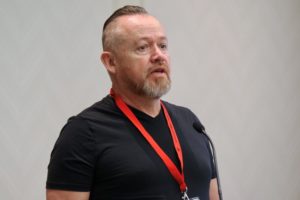
A discussion panel allowed participants to learn about the work underway in various Anishinabek First Nations to support the health and well-being of their citizens. Panellists also shared their personal perspectives of the challenges currently being faced surrounding cannabis. Panel members consisted of Nipissing First Nation Chief Scott McLeod, Mississauga #8 First Nation Chief Reg Niganobe, Anishinabek Nation Getzidjig Advisory Council member Leroy Dolson, Anishinabek Nation youth Pierre Bourassa, and Carol Jones of Magnetawan First Nation.
Chief McLeod, whose community has the first legal First Nation dispensary now in operation, offered insight into how the development of the laws surrounding cannabis was driven by the community, not just Chief and Council, and how they exceeded the provincial standard.
“Before we went off on the laws, we had to go to our community and ask them if we should even entertain cannabis,” he recounted. “Even First Nation citizens that didn’t agree with cannabis were able to realize that it’s here, and if we’re going to do this, let’s do it right—let’s do it responsibly…One of the things that guided us in this process is we wanted to meet or exceed laws that were out there on cannabis and cultivation. We looked at the provincial laws and used that as more or less a starting point.”
While Chief and Council of Mississauga #8 First Nation conducted extensive community consultation much like Nipissing First Nation, they have collectively, as a community, decided to adhere to the provincial process.
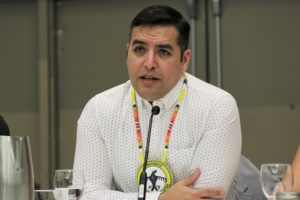
“We are going through the Ontario process—we were one of the original eight that did the processing,” expressed Chief Niganobe. “Our community decided they wanted a safe product; legal entities to supply product; enforcement and control by Mississaugi…We own the only license in the community—that’s because the money is scheduled to the community, not just one stake-holder.”
Jones spoke from a grassroots perspective but also from a place of personal experience.
“I’d like to help the programs by letting them know about my addictions and come back, and try to help them understand…Provide awareness in order to decrease the stigma of addiction and understanding the issues on why they’re using it and how they’re using it.”
Elder Dolson voiced concerns with respect to the youth having greater exposure and accessibility to cannabis, while Bourassa shared his lived-experience from a youth perspective and explained why he turned to cannabis and drugs, largely attributing it to childhood traumas.
Participants had extensive discussions primarily surrounding the vision, challenges and opportunities, programs and services, and knowledge training, to be included in the Anishinabek Nation Cannabis Health Strategy.
“I’m thinking cannabis can help us promote continuous care and mental wellness as well,” expressed one participant. “One of the ways I think we can get there is teaching ourselves about our emotions and being more open about them.”
“Cannabis isn’t going to be the answer, but it can assist our people. Ultimately, we do need to find out the underlying factors and we do know it’s trauma,” added another participant.
“I would like to see not such a big stigma on cannabis,” said another. “I’m a type 2 diabetic. They want me to take all kinds of medication—western medication—I’d like to have an option of something natural.”
Participants are pleased to contribute to the overall strategy, but are equally looking forward to when the strategy has been further developed.
“The information provided to us here and the report that’ll be given to us will help us move forward,” expressed one participant.
At the start of the forum, participants were asked what cannabis meant to them – the answers ranged from concern such as misuse, illegal operations and harm, to holistic pain management, healing and economic opportunities. As the forum neared the end, some participants felt their opinions had changed.
“The bits I heard today made me think differently on how we work together—look at things differently from recreational to medicinal uses,” said another participant in closing comments.
“I came with a lot of preconceived ideas and a pretty closed mind to some of the concepts we talked about, but I’ve had my mind opened considerably and now I’m somewhere in the middle,” added another participant.
Understanding the current cannabis landscape within the Anishinabek Nation First Nations is vital to the development of this strategy.
“We have a lot to share as health professionals, leaders, community members, to come up with ideas that are geared to our values and our culture,” said Chief McLeod. “This is an ever-changing industry with very fluid direction on health as we learn about this. I encourage more participation and more future meetings.”







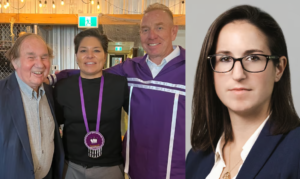
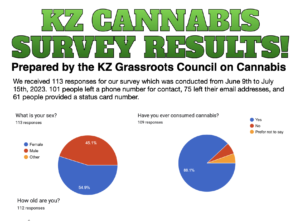
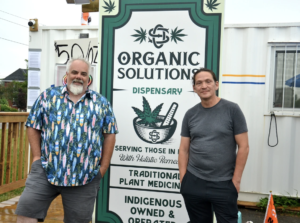
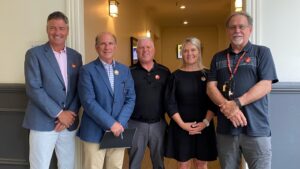
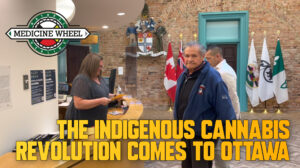
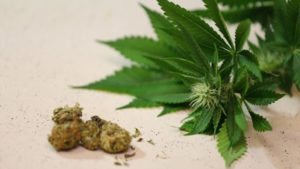
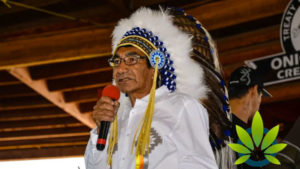
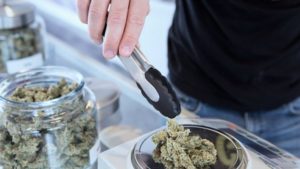
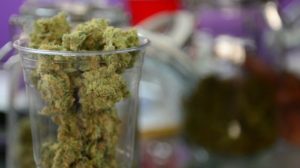
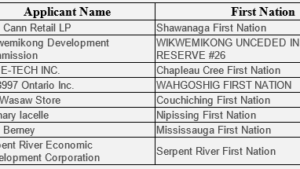

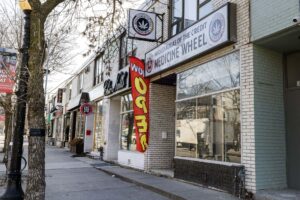
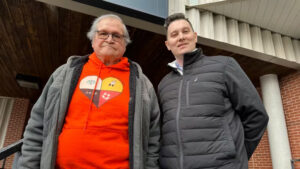

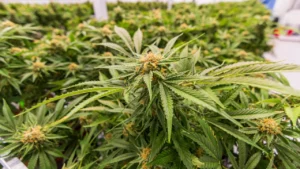



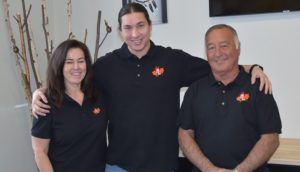

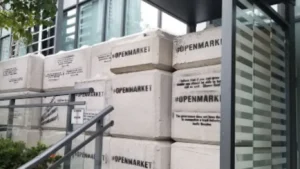
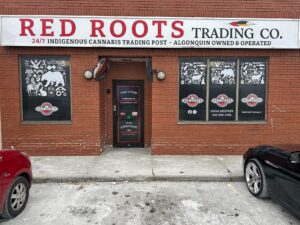

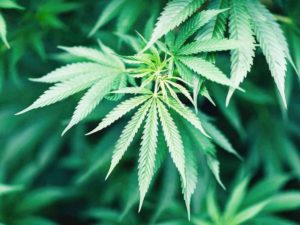


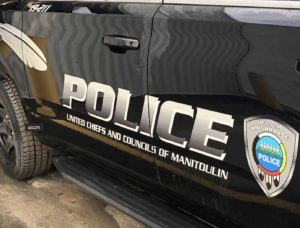
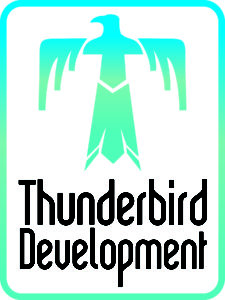

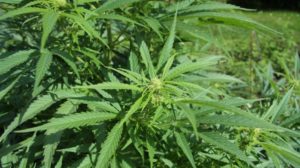
Comments are closed.